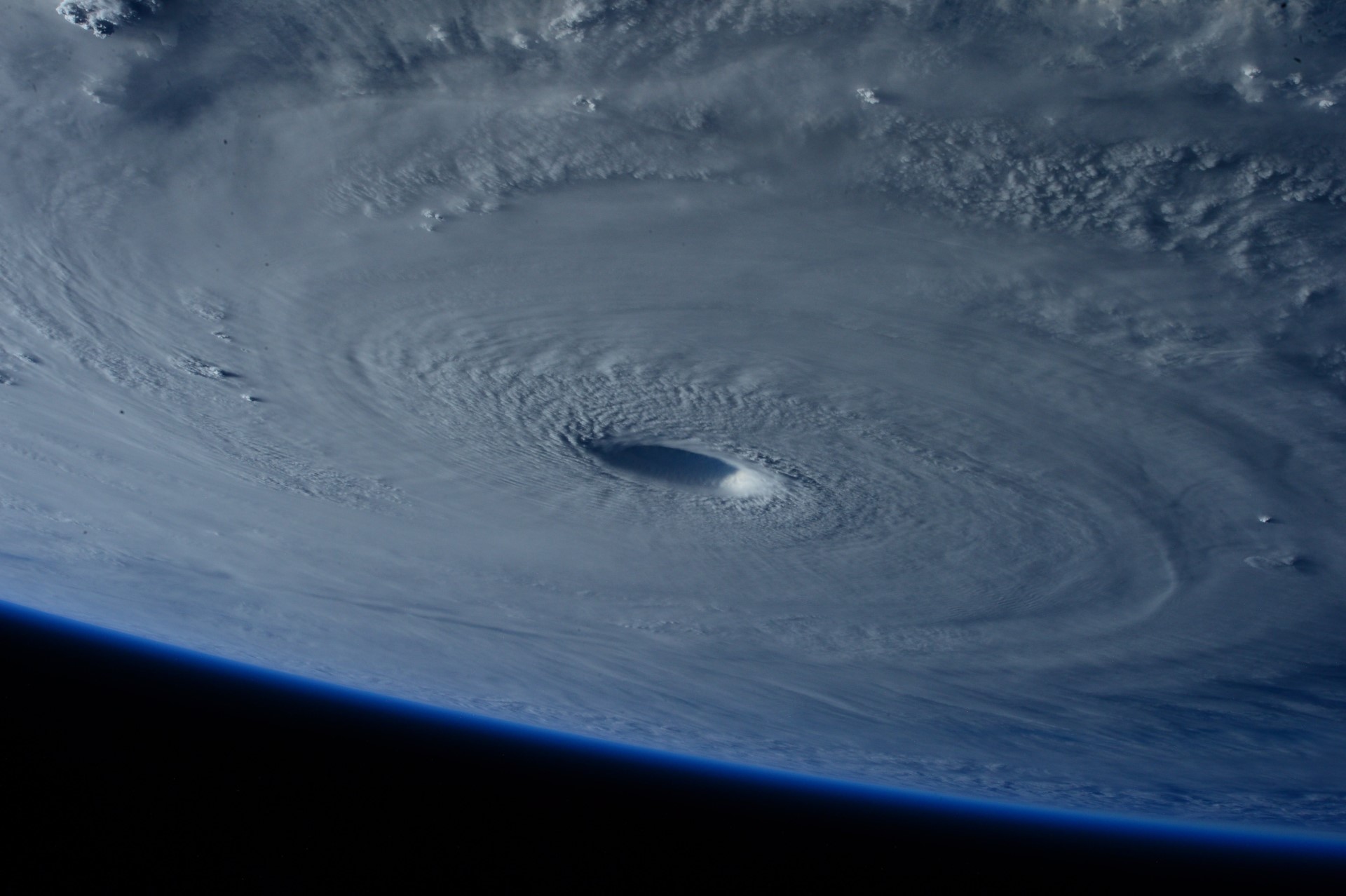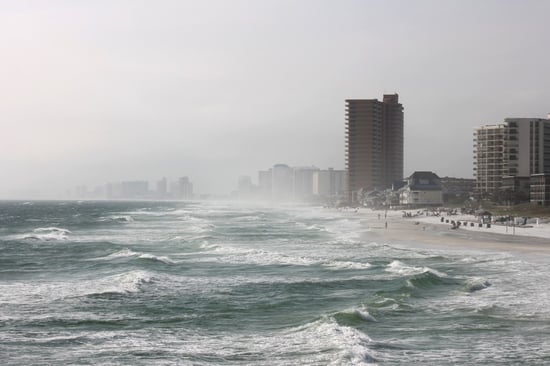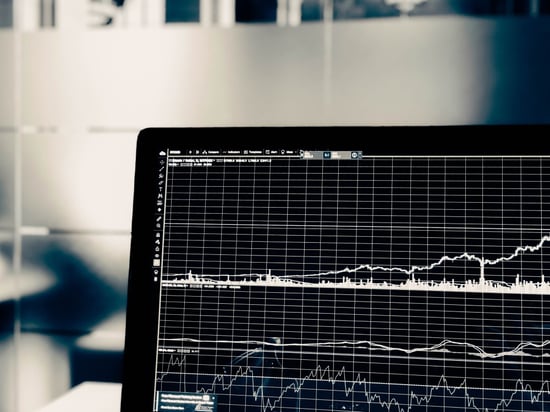
If we want to understand climate change and all its facets, we must also understand the concept of lag.
Climate change is inescapable.
Yes, in that it’s real, and it’s coming for us. *cue grim music*
But more importantly, it’s “coming for us” in the sense that it is impossible to turn on a laptop or a phone without being bombarded by the calamitous prophecies of doom stemming from experts and fearmongers alike.
It’s time we cut through the BS and take a realistic look at climate change, from all angles.
First up, we’d just like to say that no, we’re not all going to die in a decade because of global warming. That’s absolute tripe and we’re tired of it. However, we do need to take into account the results of our actions in future – and how those results will carry forward even after we change our fossil-fuel-guzzling ways.
One of the most important facets being missed by many people is the concept of climate change lag. It is critical we understand this if we’re to have truly meaningful discussions about our planet’s climate and steward it properly in future.
What Is Climate Change Lag?
 In a nutshell, climate change lag refers to the fact that the ocean absorbs much of the emissions that enter the atmosphere, holding onto them for decades before releasing them slowly back into the atmosphere.
In a nutshell, climate change lag refers to the fact that the ocean absorbs much of the emissions that enter the atmosphere, holding onto them for decades before releasing them slowly back into the atmosphere.
As such, even if we stopped all greenhouse gas-producing activities today, we would continue to see global warming effects for decades to come.
Why does this occur? Because water is much slower to change than air.
“Consider a saucepan of water placed on a gas stove,” advises Skeptical Science. “Although the flame has a temperature measured in hundreds of degrees C, the water takes a few minutes to reach boiling point.”9o
On a more technical level, we have to understand that “Climate lag is a function of scale,” as Encyclopedia.com puts it. “The volume of water in the ocean is huge—over 322 million cubic mi (1.34 billion cubic km). As a result, changes in the ocean chemistry will occur slowly and will be apparent as only slight changes.”
As proof, we need only look at ocean pH. It has dropped slowly but steadily throughout the 20th and 21st centuries, indicating CO2 absorption. Since the atmosphere and ocean both participate in an exchange of water and particles, that means that the absorbed particulate matter will eventually escape back into the atmosphere, creating the same conditions that emissions do when they enter the air immediately.
What Does Climate Change Lag Mean for Us?
 As far as humans are concerned, this is an extra element to account for when modeling the future climate. If we do not, then we’re likely to be somewhat or even grossly off in our predictions. This has major consequences for:
As far as humans are concerned, this is an extra element to account for when modeling the future climate. If we do not, then we’re likely to be somewhat or even grossly off in our predictions. This has major consequences for:
- Governmental decision-making in developing and developed countries alike
- Sustainability goals at the municipal, state and federal levels
- Mandates for corporations
Moreover, the more CO2 we’re talking about, the greater the lag time, finds a study: “Using simulations with an Earth System Model we show that the time lag between a carbon dioxide (CO2) emission pulse and the maximum warming increases for larger pulses.”
On a more hopeful note, however, they explain that “Most of the warming will emerge relatively quickly, implying that CO2 emission cuts will not only benefit subsequent generations but also the generation implementing those cuts.”
How Should We Think About Climate Change Lag in Future?
 As with any other challenge – fighting cancer, disaster preparation – we must hope for the best and plan for the worst. Understanding that there will be a lag time for emissions should change our approach to resource use and policy-making.
As with any other challenge – fighting cancer, disaster preparation – we must hope for the best and plan for the worst. Understanding that there will be a lag time for emissions should change our approach to resource use and policy-making.
Not only is it critical we work together to institute change that will cut emissions, but we should all do our part right here at home to battle greenhouse gases. That includes proper waste disposal, smart energy use, and landscape measures such as gardening and green roofing.
Want to learn more about how you can help the world through living things?
The Ecogardens team would love to help you out, so get in touch today!

